Big cats, including species like lions, tigers, leopards, and jaguars, are some of the most iconic and fascinating animals in the world. For scientists and conservationists, understanding their behavior, movements, and ecology is critical for their conservation. One of the most effective methods for studying these majestic creatures is capturing and collaring, which allows researchers to gather valuable data. In this article, we explore how big cats are captured and collared for research purposes, providing insight into the techniques and technologies used in these crucial conservation efforts.
The Importance of Collaring Big Cats
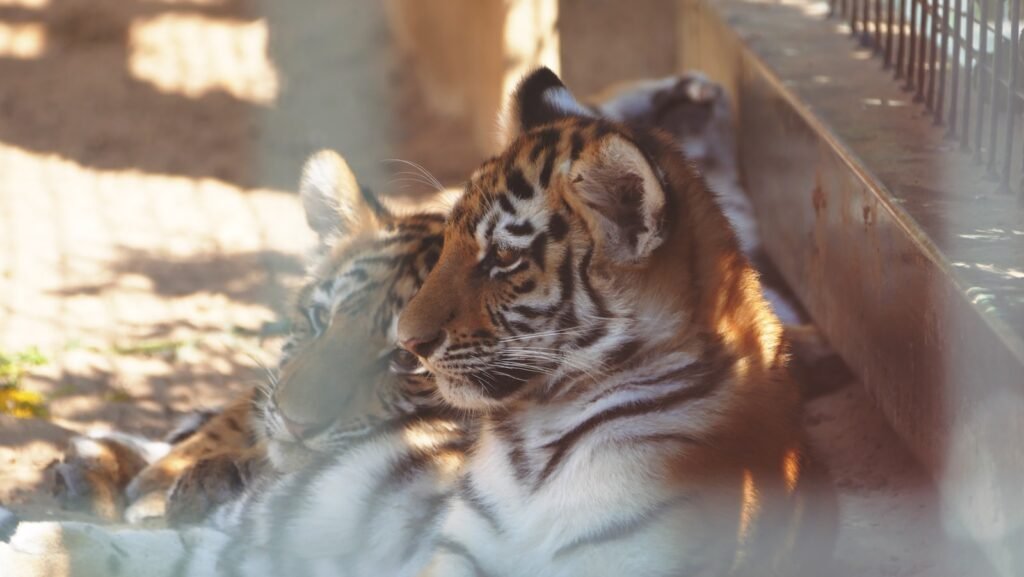
Collaring big cats is vital for several reasons. It helps researchers track their movements and understand their territorial ranges, habits, and interactions with other animals. This information can inform conservation strategies, such as determining critical habitats and migration corridors. Additionally, it helps in mitigating human-wildlife conflicts by identifying patterns that may lead to such encounters. Overall, collaring is a key tool in ensuring the survival of big cat species in the wild.
Choosing the Right Equipment
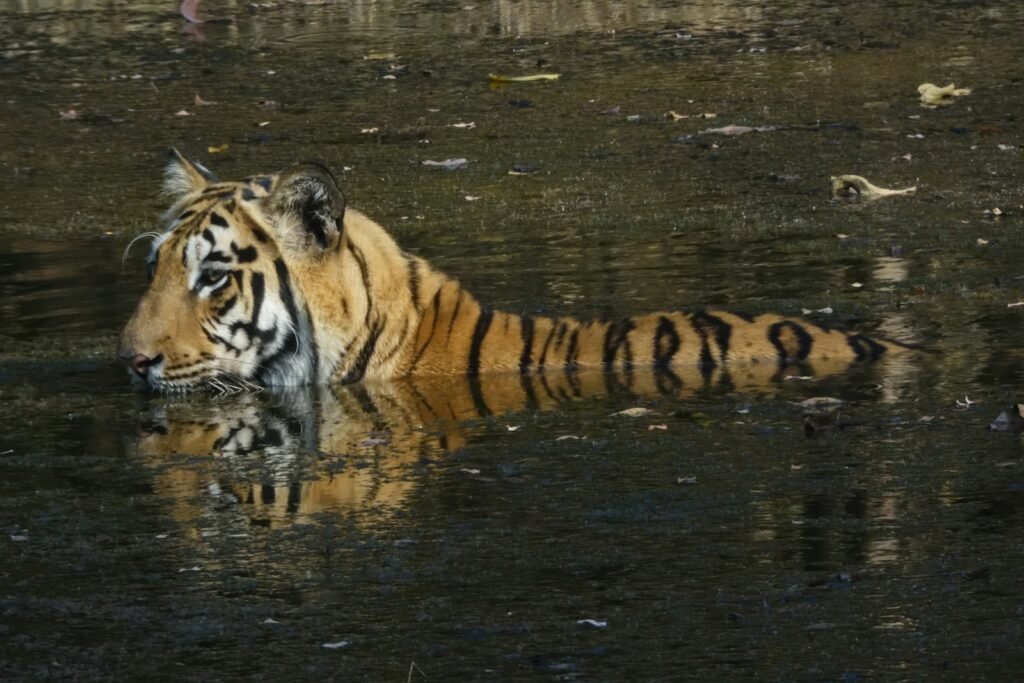
Choosing the right collaring equipment is a crucial step in the research process. GPS and VHF radio collars are the most common types used. GPS collars provide detailed data on location and movements, while VHF collars are used for basic tracking via radio signals. The choice of collar depends on the research objectives and budget, as well as the size and behavior of the species being studied.
Pre-Capture Planning
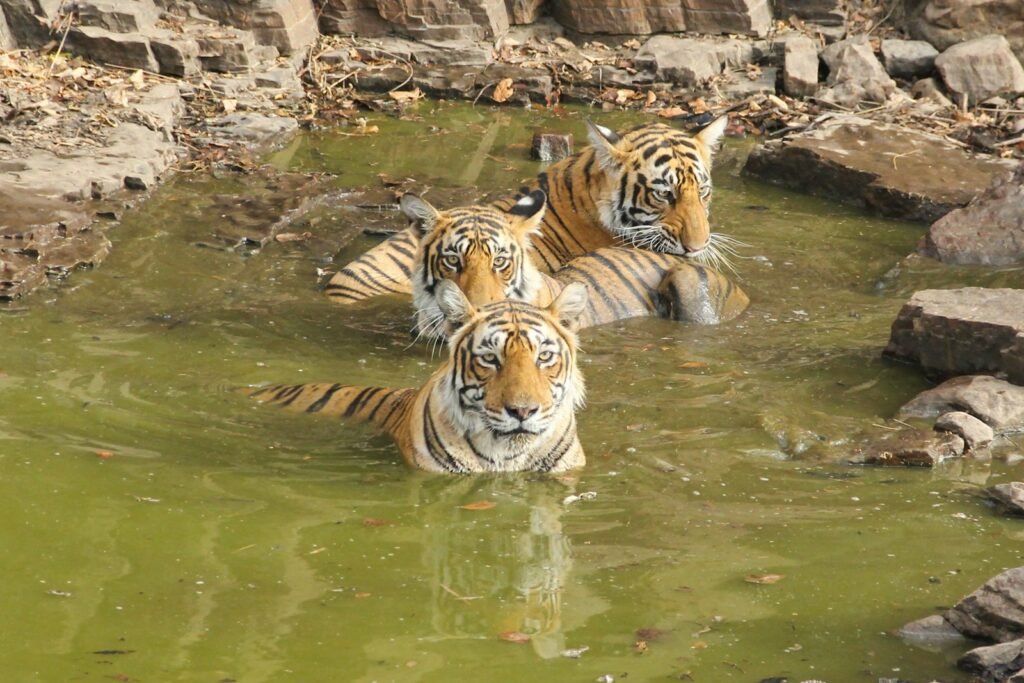
Before attempting to capture a big cat, researchers conduct extensive planning. This includes choosing the right location and time for capture, understanding the behavior and movement patterns of the target cat, and ensuring all necessary permits and ethical considerations are in place. Site assessments are conducted to evaluate terrain and logistical challenges, and contingency plans are developed to address potential issues during the capture.
Capture Techniques
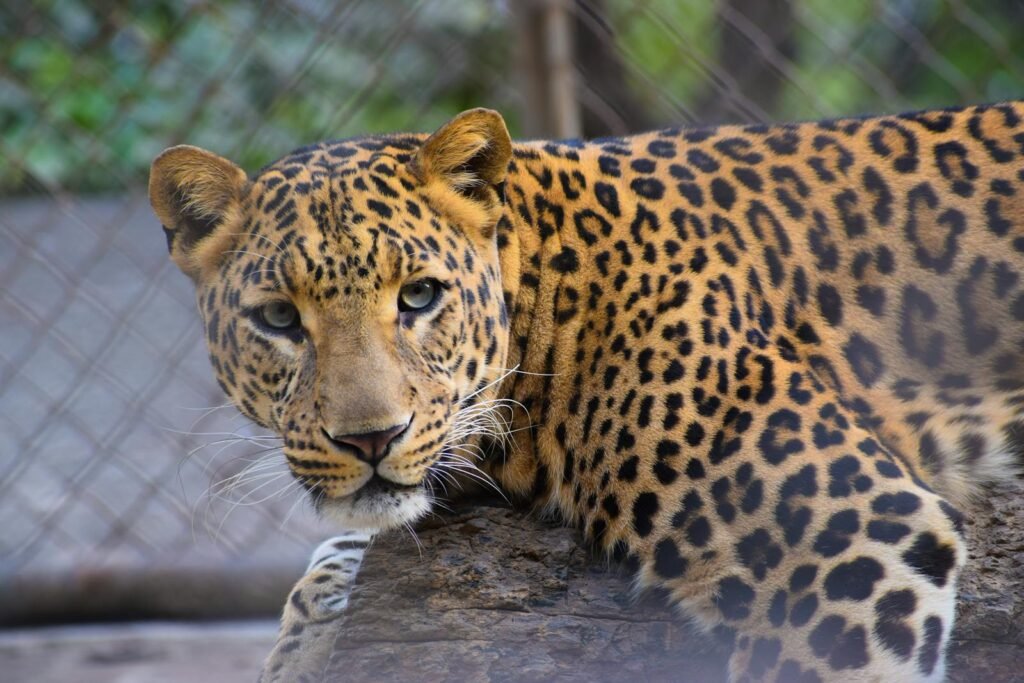
Capture techniques vary depending on the species, location, and research goals. Common methods include the use of baited traps, foot snares, and tranquilizer darts. Traps and snares must be carefully monitored to ensure the cat’s safety, while darting requires skilled marksmen and veterinary oversight to ensure the correct dosage of tranquilizers. Each technique has its advantages and risks, and the choice depends on the specific circumstances of the study.
Ensuring Animal Welfare

Animal welfare is a top priority in big cat collaring studies. Researchers take measures to minimize stress and avoid injury during capture and collaring. This includes using anesthetics carefully, handling the animals as minimally as possible, and conducting health checks to ensure the cats are fit for collaring. Ensuring animal welfare not only adheres to ethical standards but also enhances the quality of the data collected.
Collaring Process

Once a big cat is captured, the process of collaring begins. This involves measuring and fitting the collar securely, ensuring it doesn’t interfere with the cat’s ability to hunt and move. Researchers typically use quick-release mechanisms that allow the collar to fall off after a period or can be remotely triggered to minimize long-term impacts on the animal. Detailed records of the collaring process, including timings and observations, are maintained for future reference.
Data Collection and Analysis
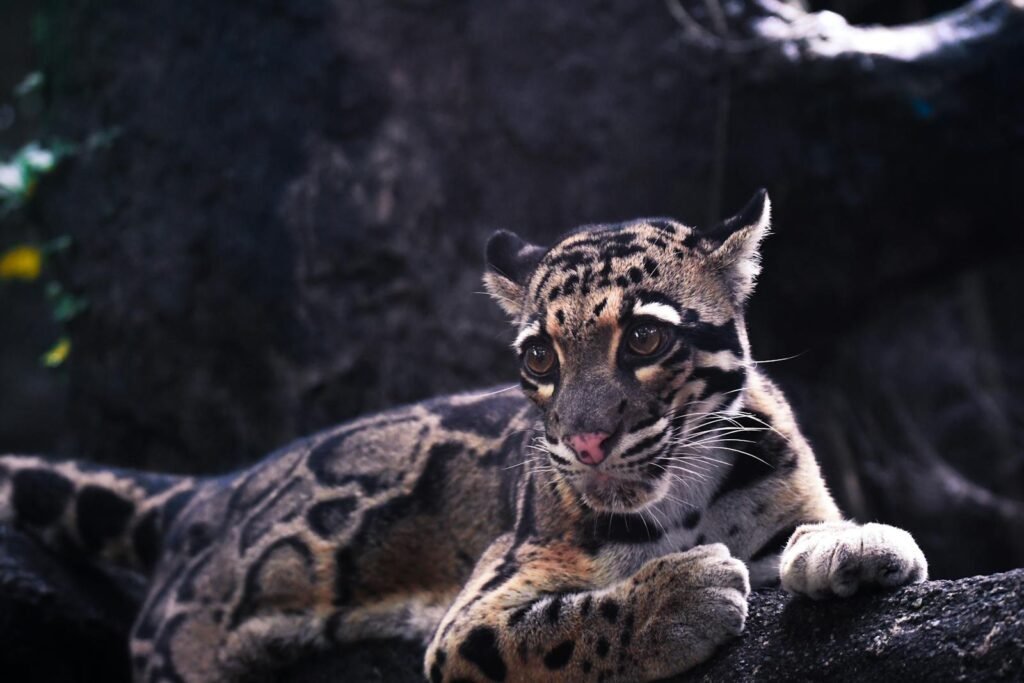
The primary function of a collar is to collect data, which is typically transmitted to researchers via satellite or radio frequencies. GPS collars provide precise location data at set intervals, allowing researchers to map movements and behaviors over time. This data is analyzed to understand patterns of land use, social behavior, and how big cats interact with their environment, contributing significantly to conservation strategies.
Challenges in Collaring Big Cats
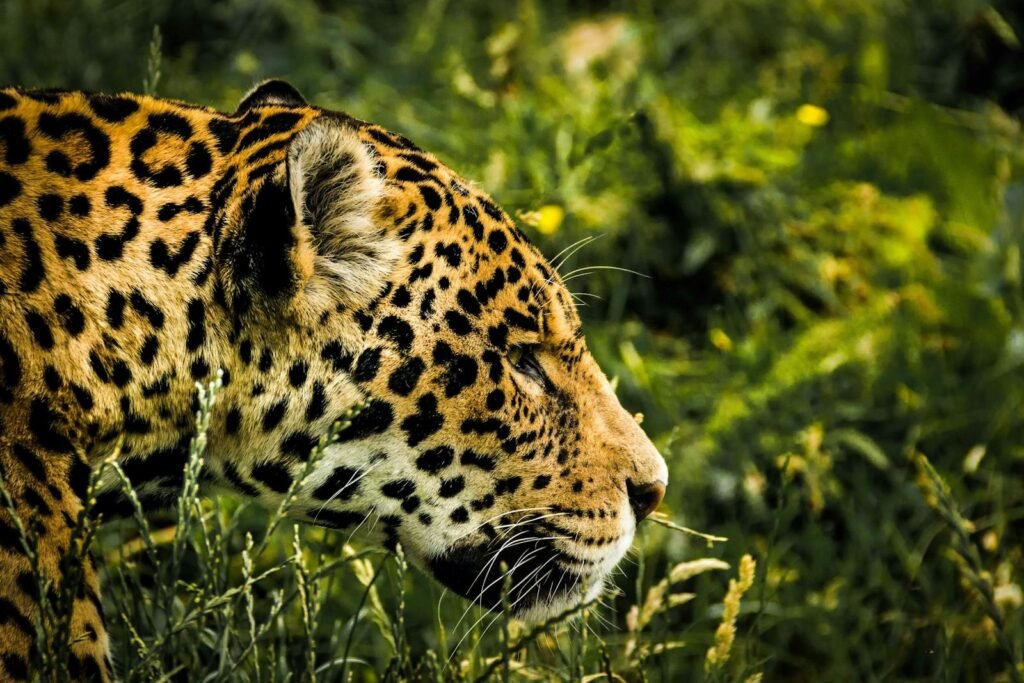
Collaring big cats presents several challenges, from logistical difficulties in remote and rugged terrains to ensuring the safety of both the animals and researchers. Weather conditions, equipment failures, and the elusive nature of big cats can hinder collaring efforts. Researchers must be well-prepared to overcome these challenges, often relying on local knowledge and innovative solutions to achieve their objectives.
Ethical and Legal Considerations

Ethical and legal considerations are integral to big cat research. Researchers must obtain necessary permits from governmental and conservation bodies, adhere to ethical guidelines to minimize harm, and ensure the research has clear conservation outcomes. Collaboration with local communities and stakeholders is essential to gain support and understanding of the research’s importance.
Success Stories and Conservation Impact
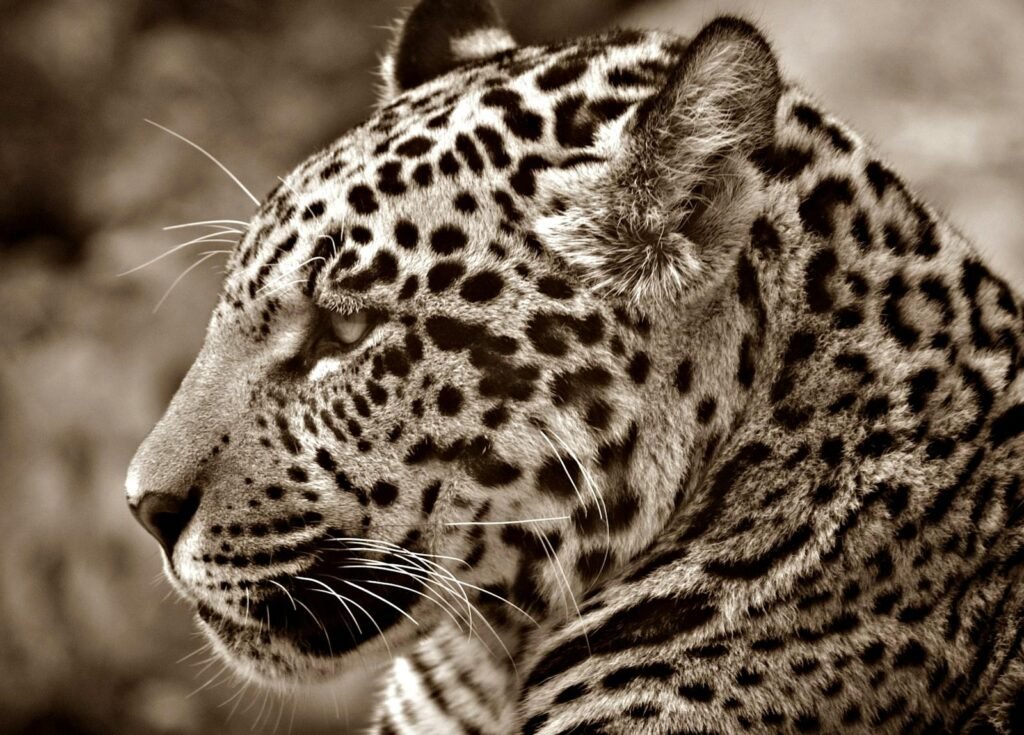
The data collected through collaring has led to several success stories in big cat conservation. It has informed the creation of protected areas, guided anti-poaching efforts, and helped in mitigating human-wildlife conflicts by providing insights into cat movements near human settlements. These efforts have contributed to stabilizing or even increasing populations of certain big cat species, highlighting the critical role of collaring in conservation science.
Conclusion: The Future of Big Cat Research
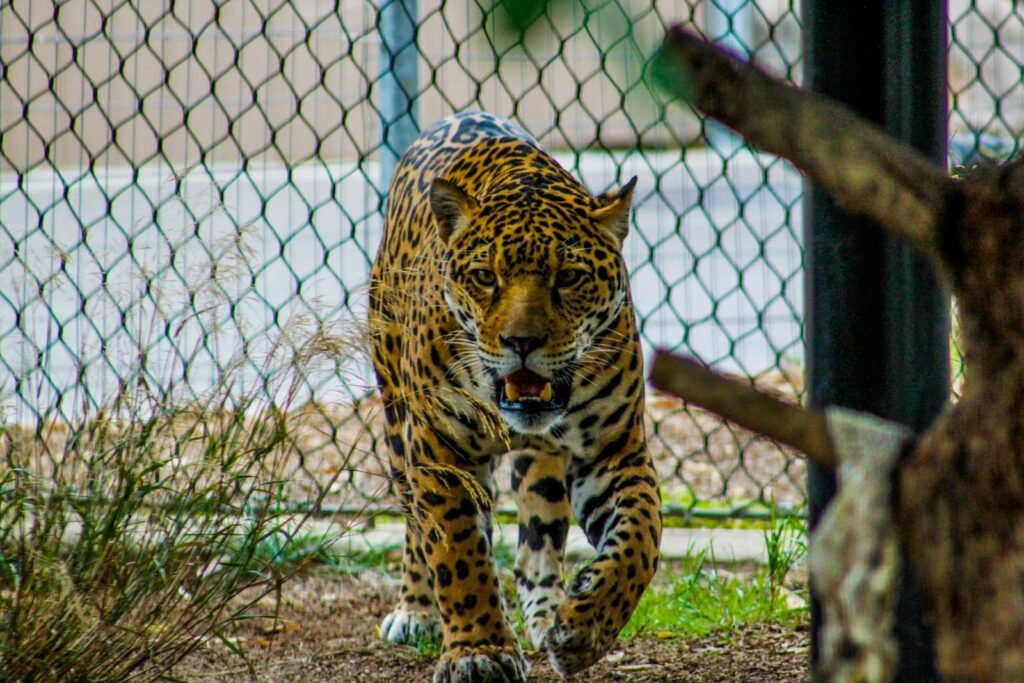
As technology evolves, so do the methods for tracking and studying big cats. Advances in collar technology and data analysis are expected to provide even deeper insights into these elusive animals. Continued research and collaboration among scientists, conservationists, and local communities will be crucial for the future of big cat conservation, ensuring these beautiful creatures continue to roam the wild for generations to come.
Hi, I’m Bola, a passionate writer and creative strategist with a knack for crafting compelling content that educates, inspires, and connects. Over the years, I’ve honed my skills across various writing fields, including content creation, copywriting, online course development, and video scriptwriting.
When I’m not at my desk, you’ll find me exploring new ideas, reading books, or brainstorming creative ways to solve challenges. I believe that words have the power to transform, and I’m here to help you leverage that power for success.
Thanks for stopping by, Keep coming to this website to checkout new articles form me. You’d always love it!






